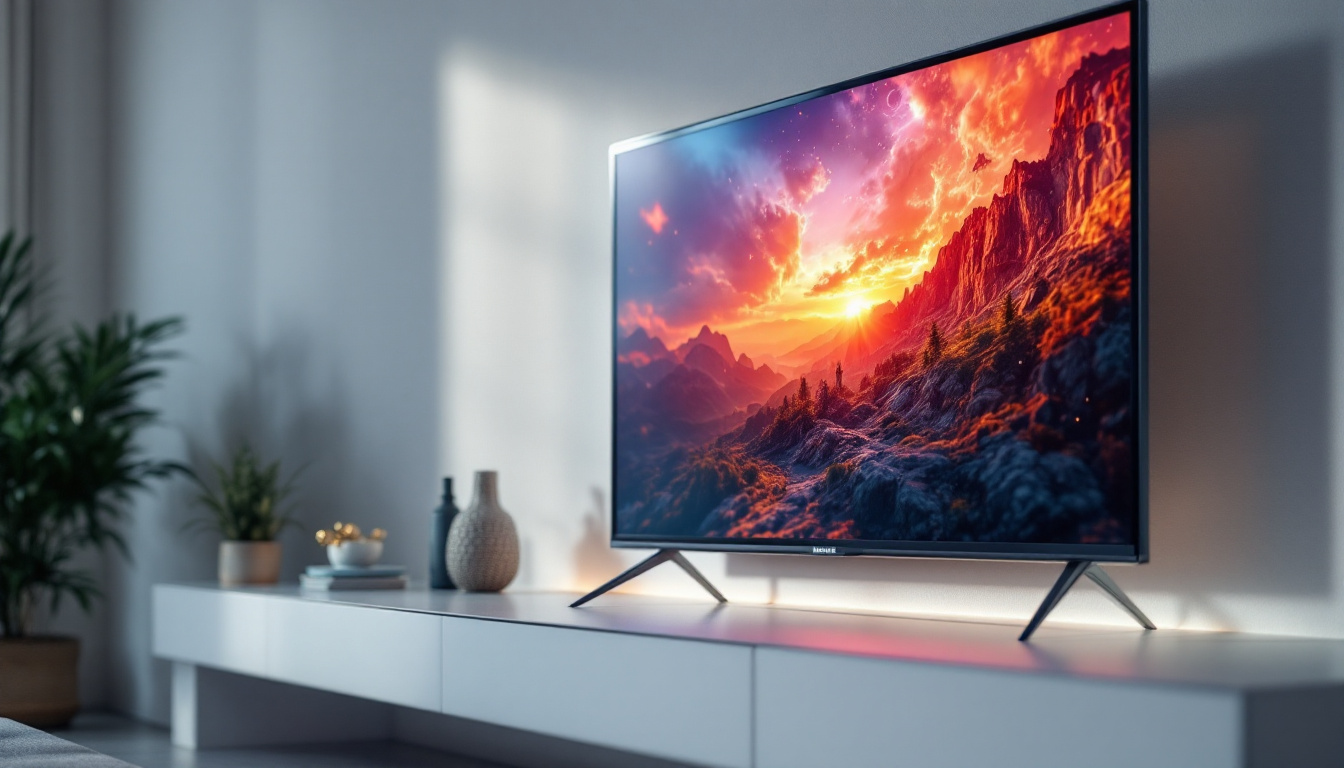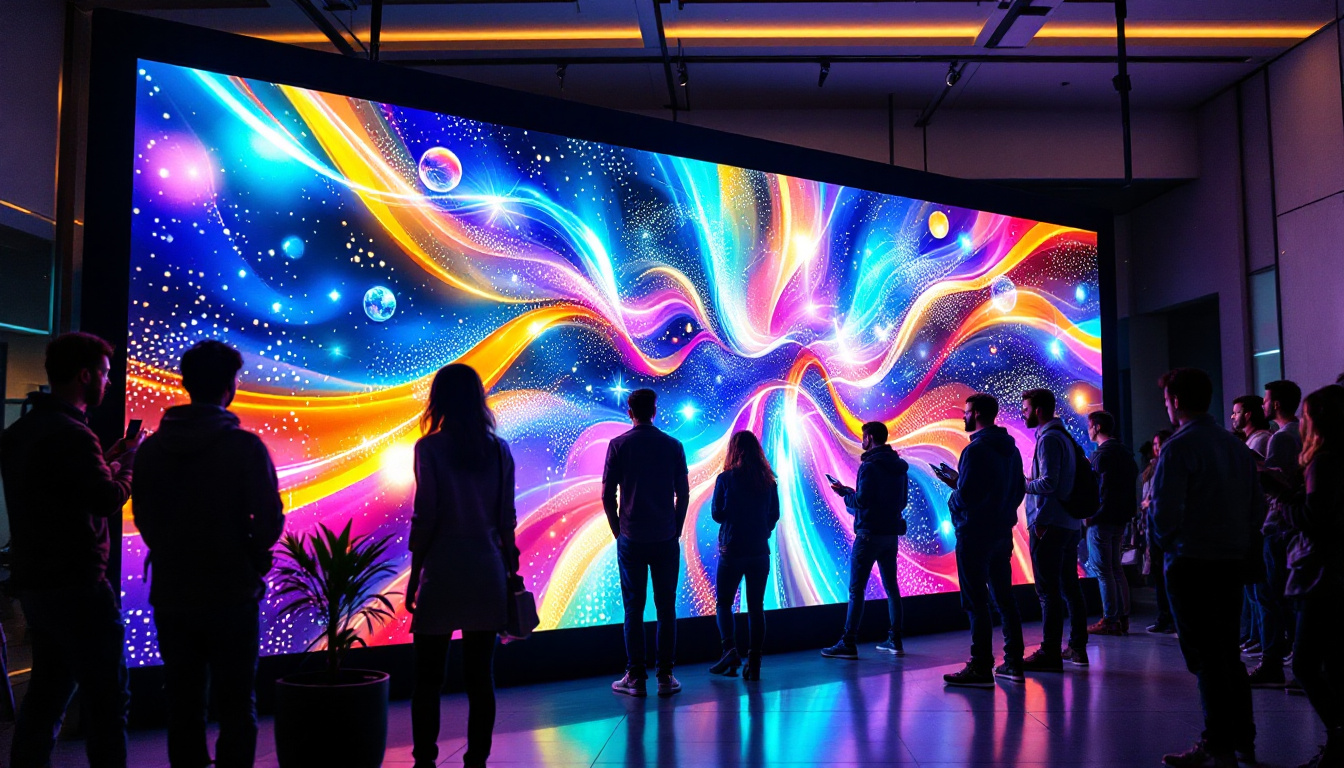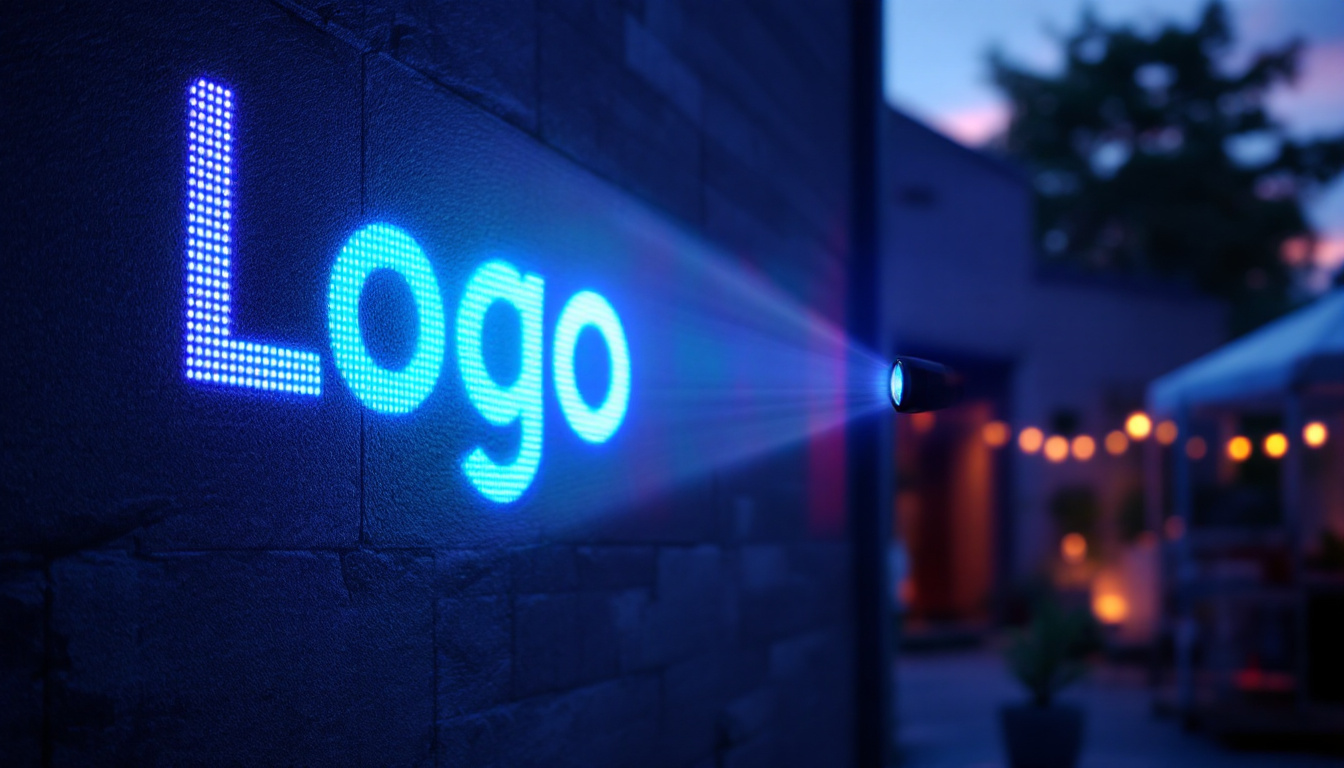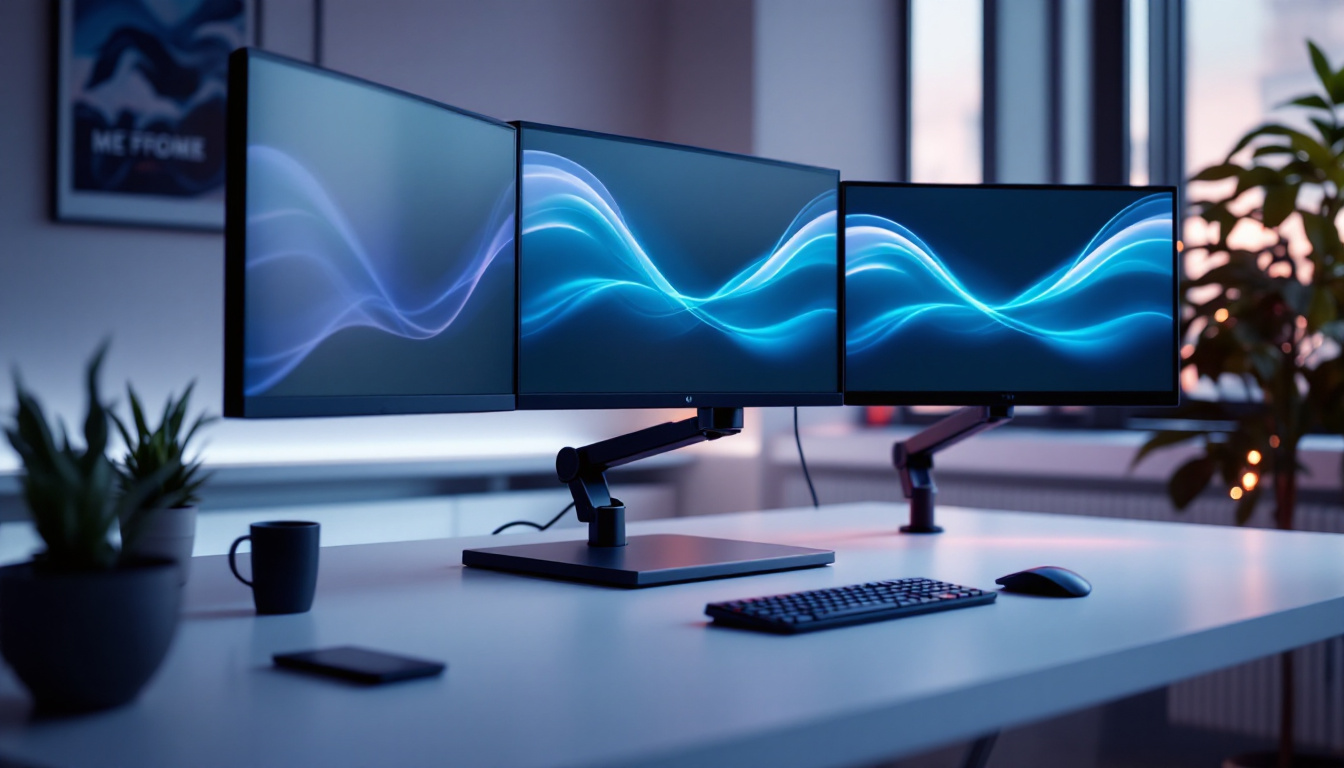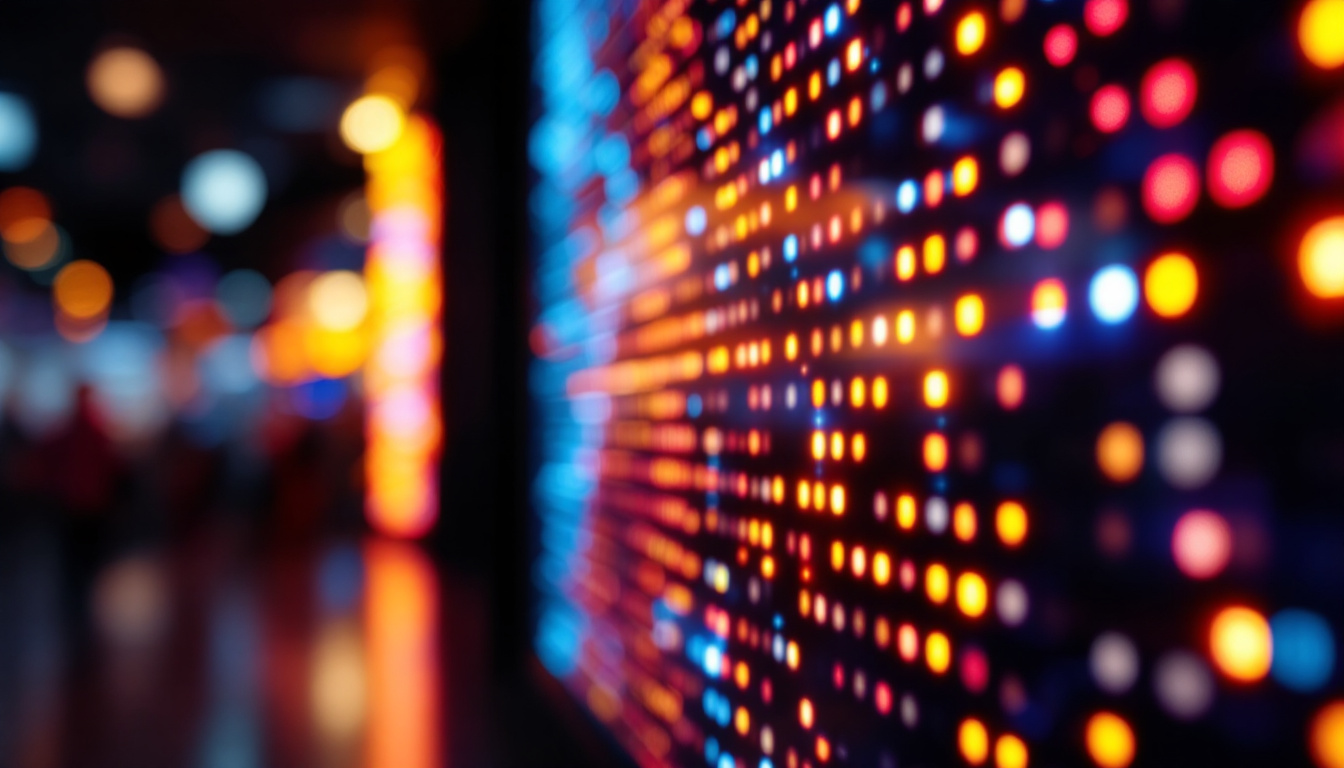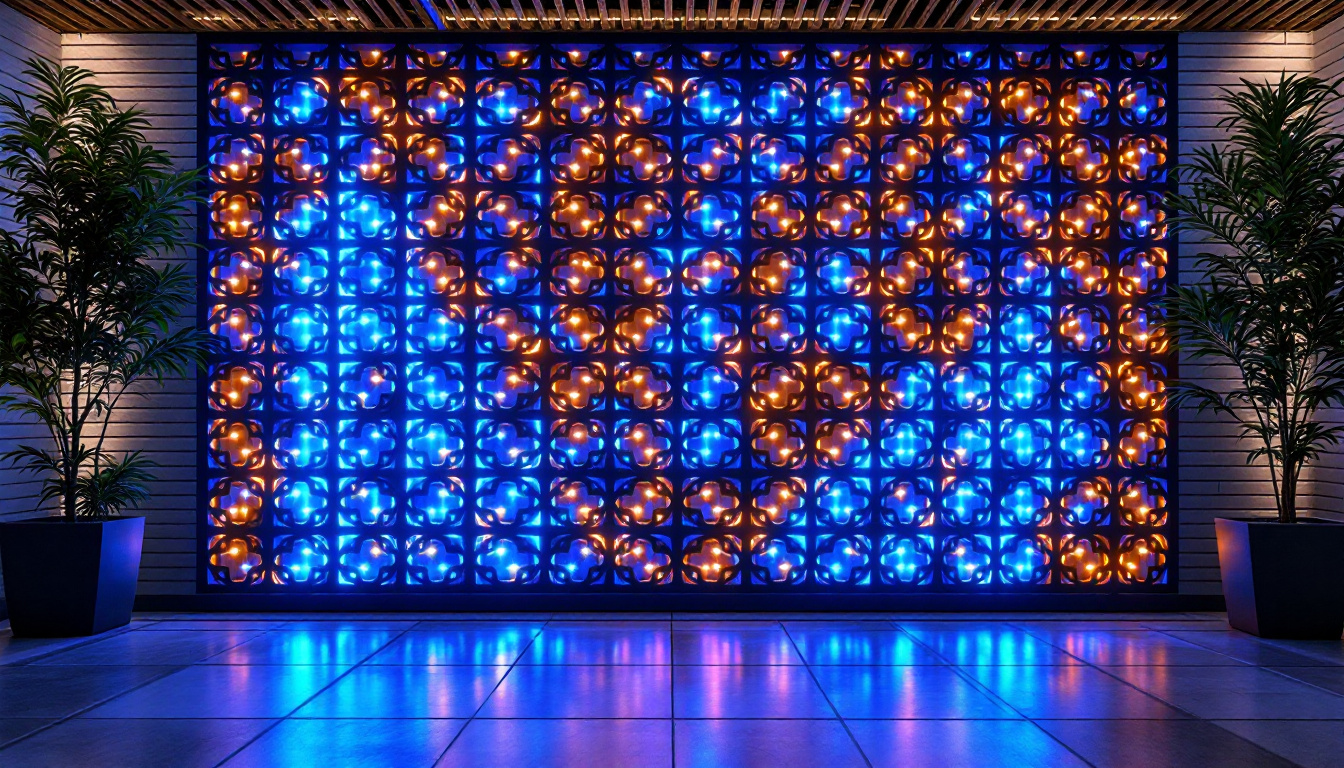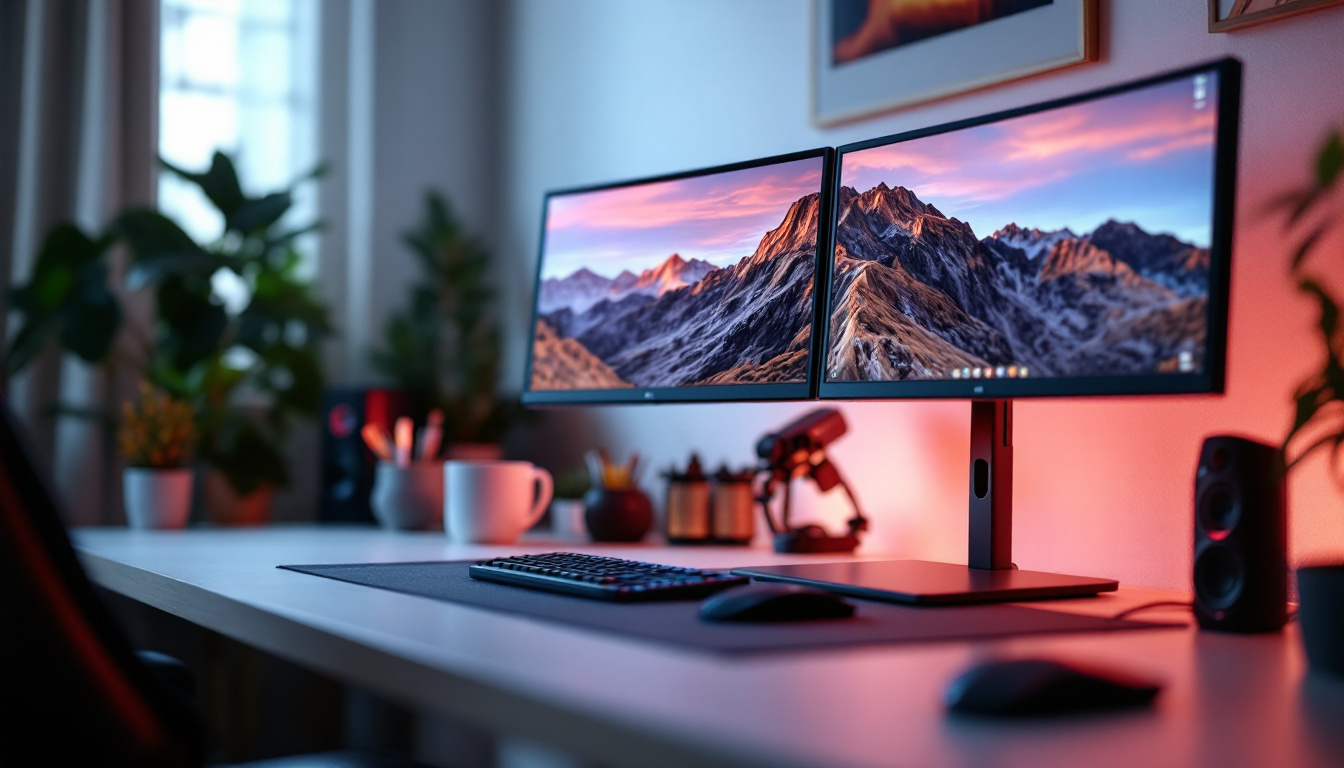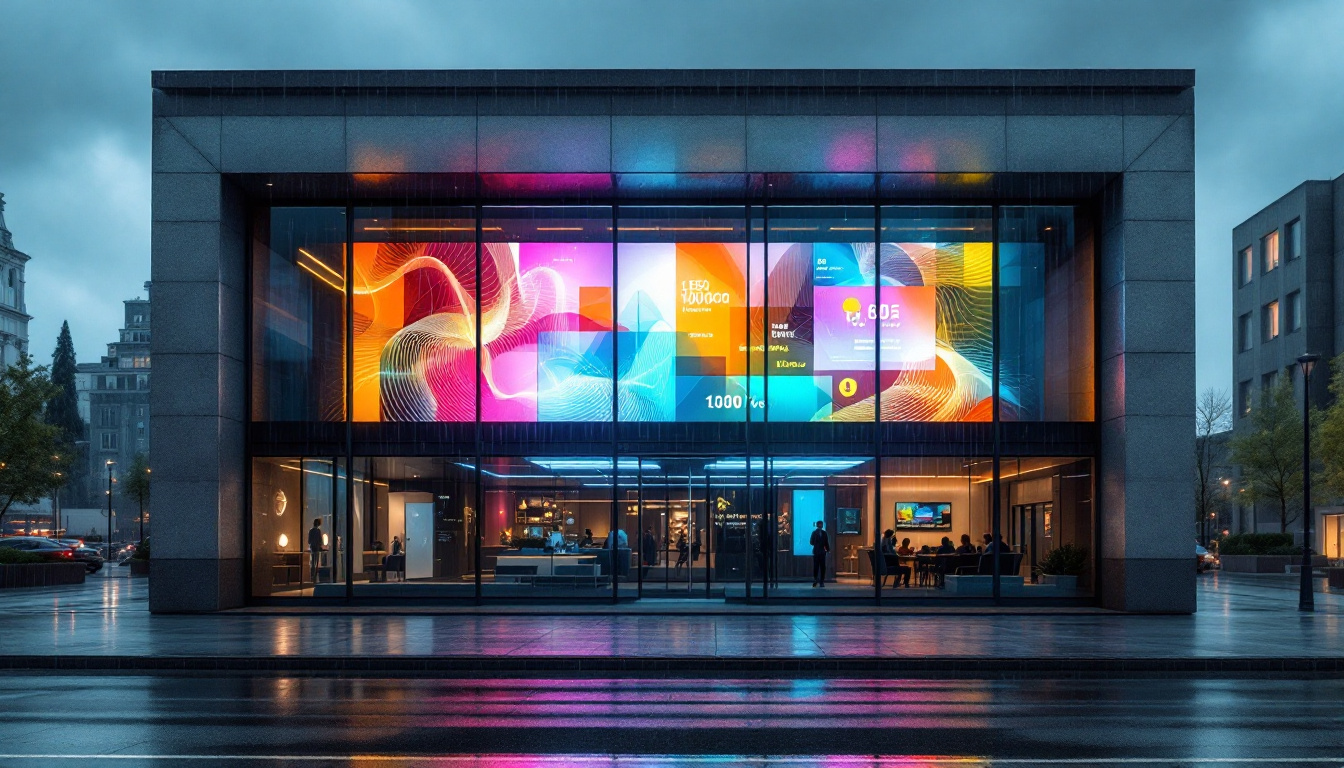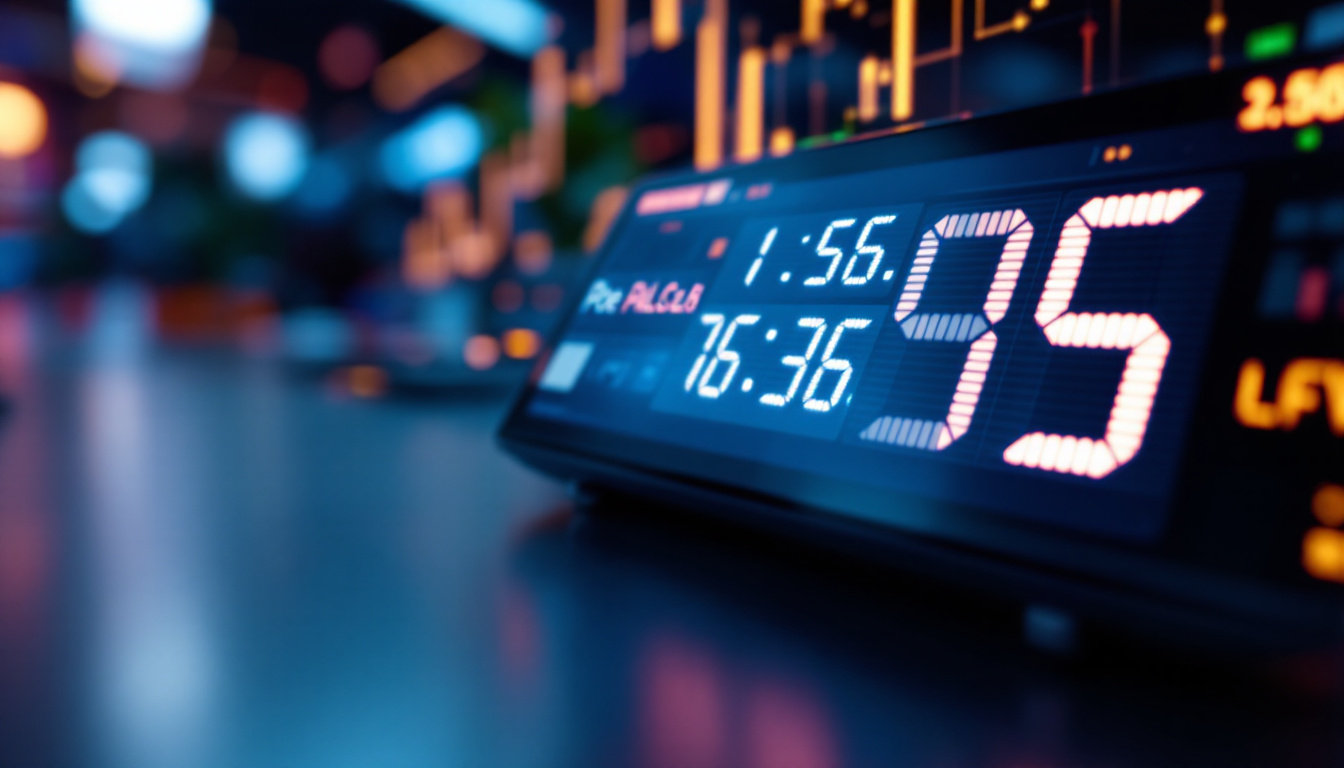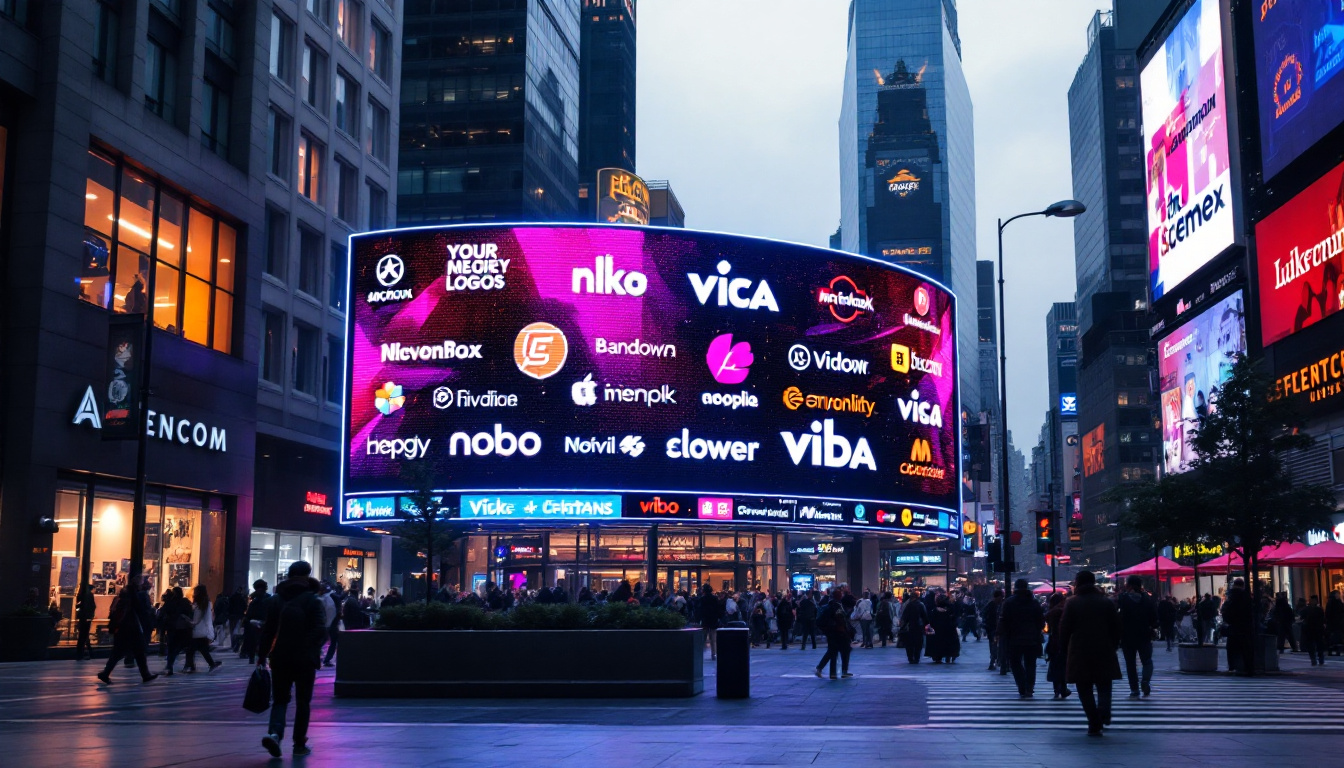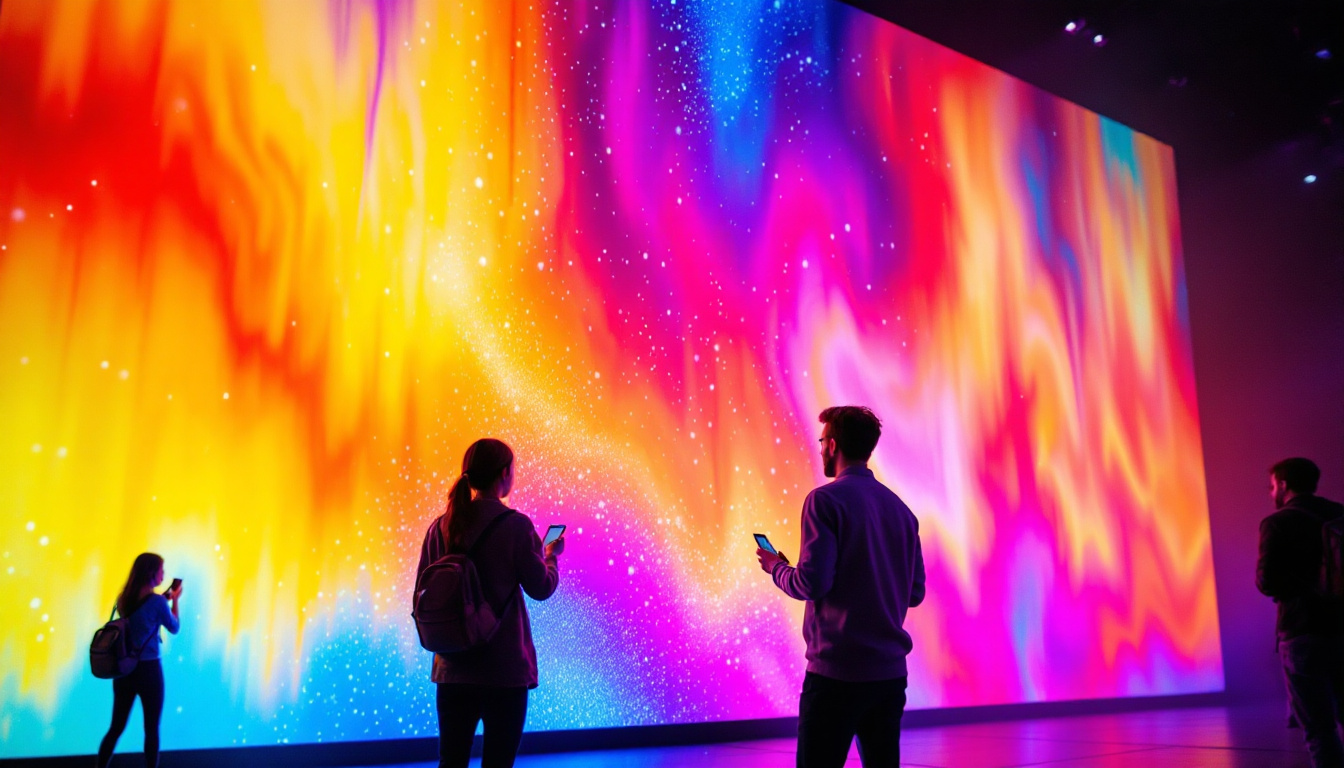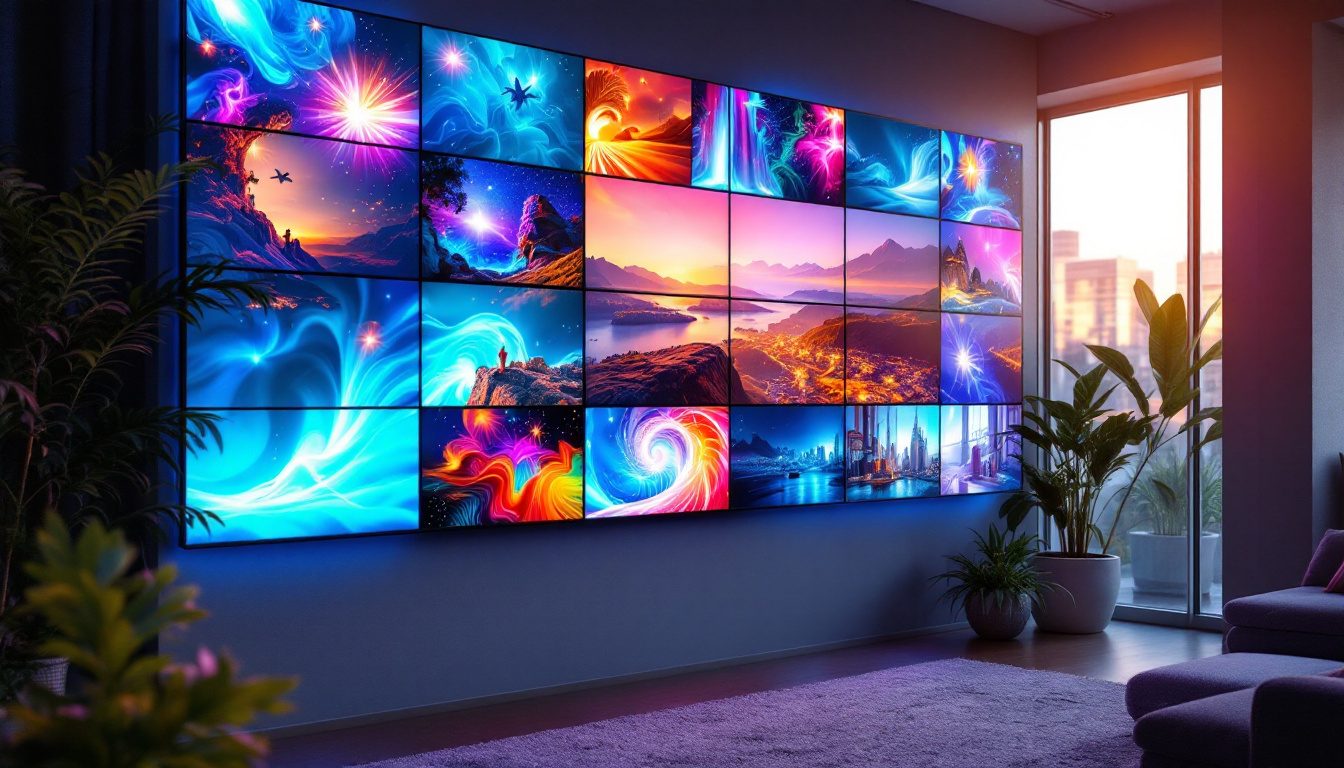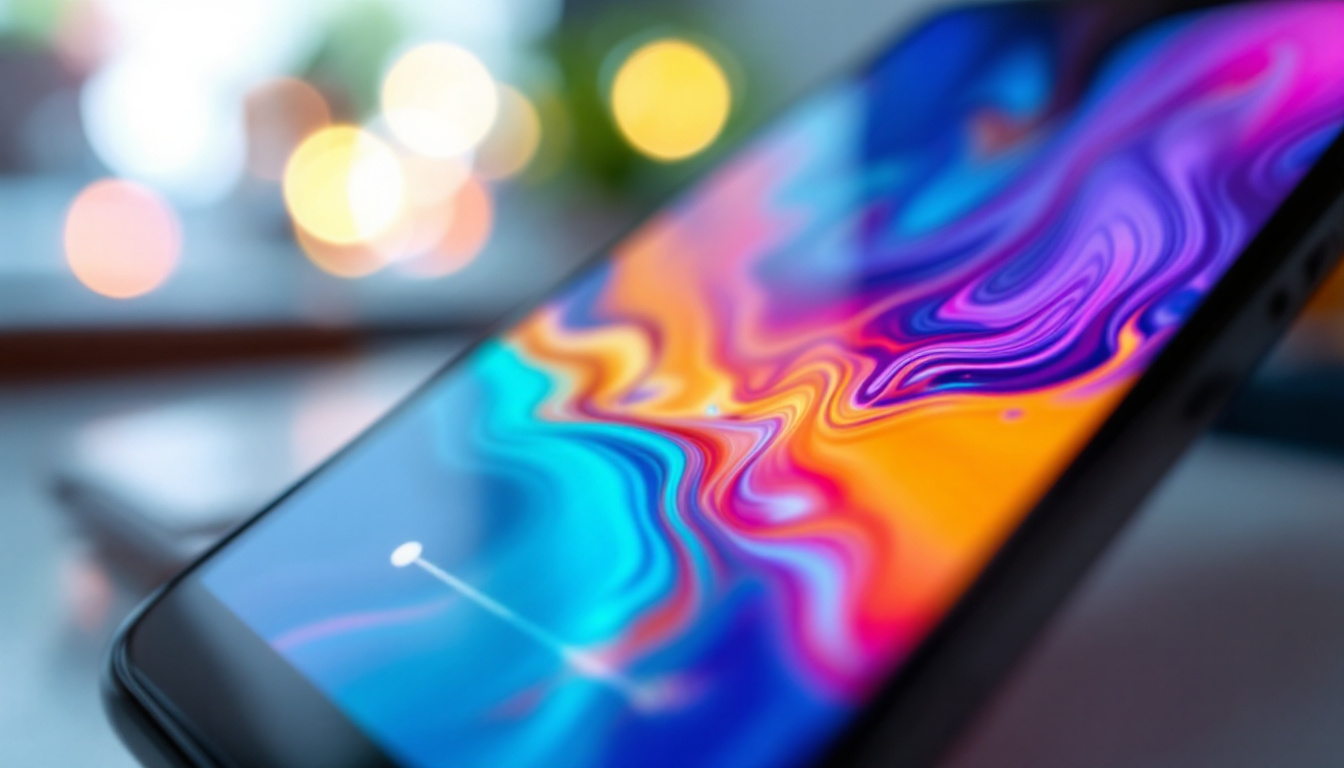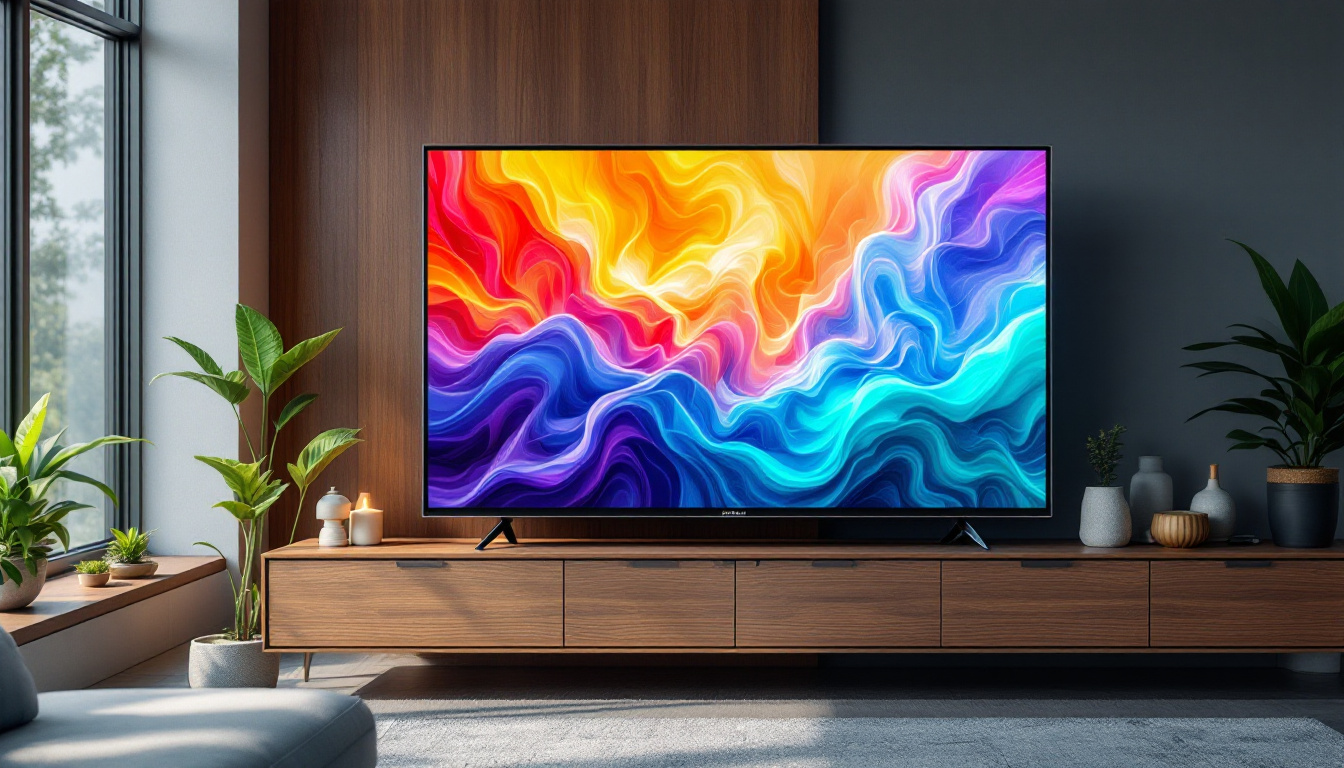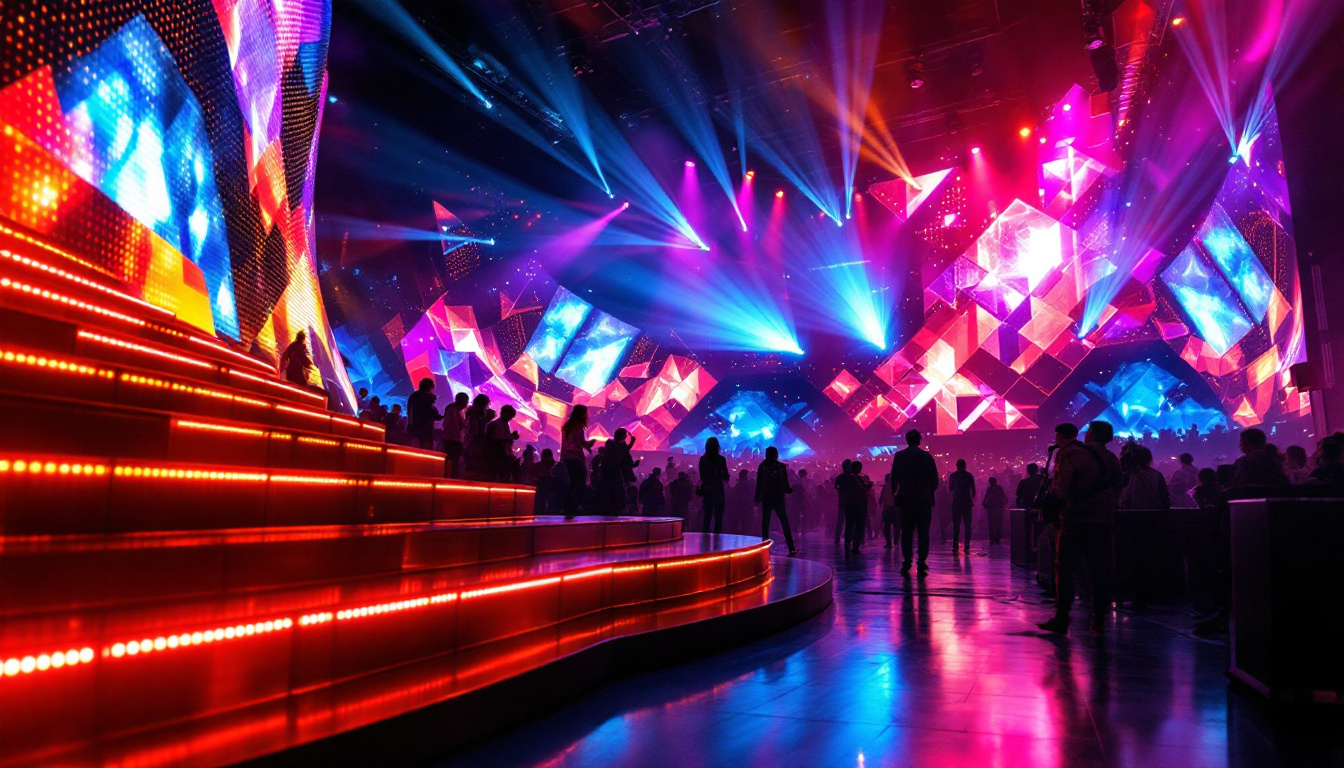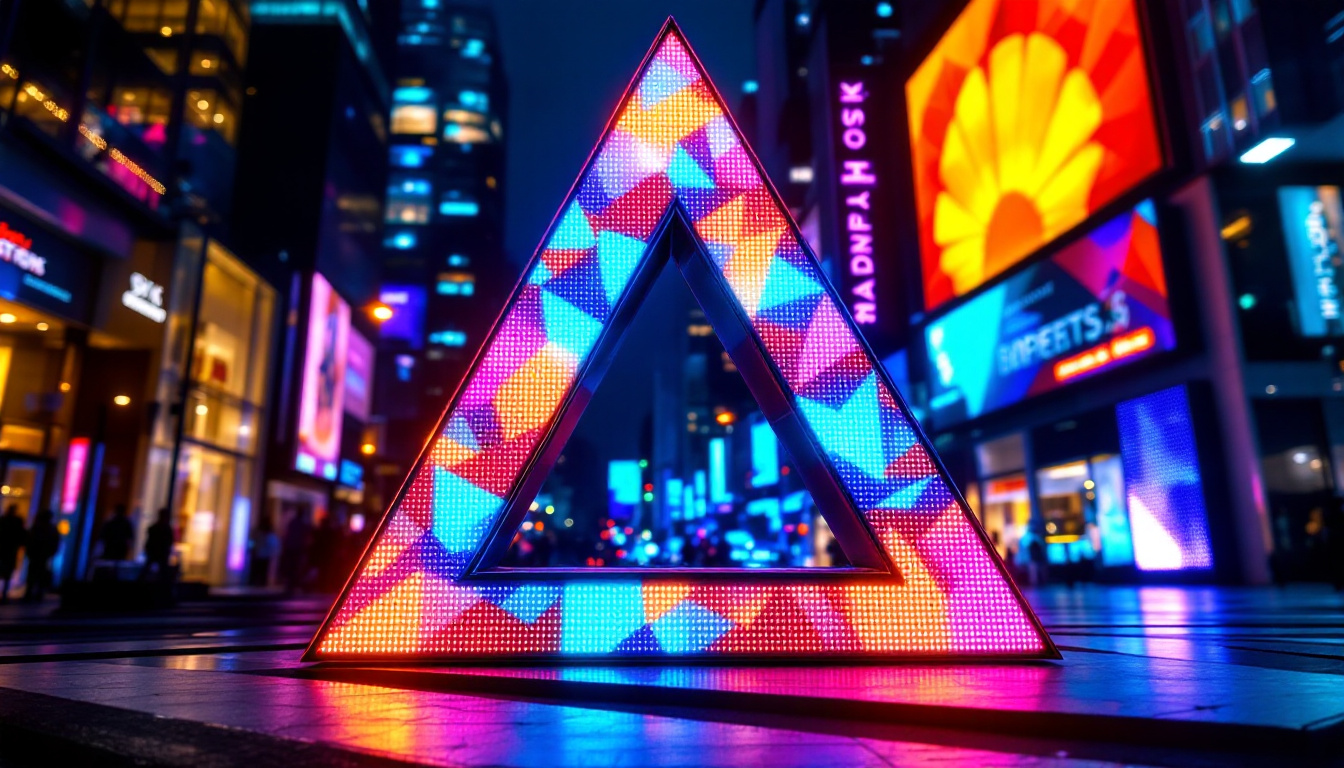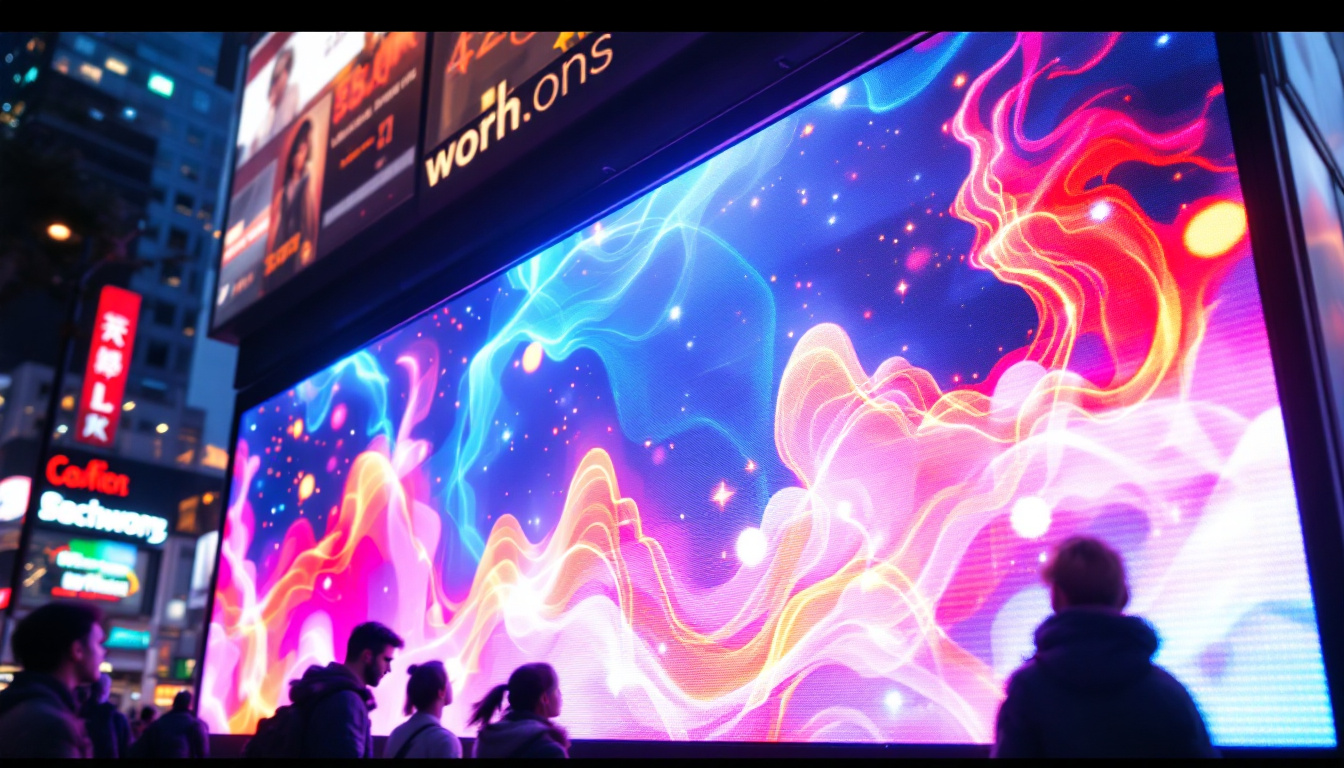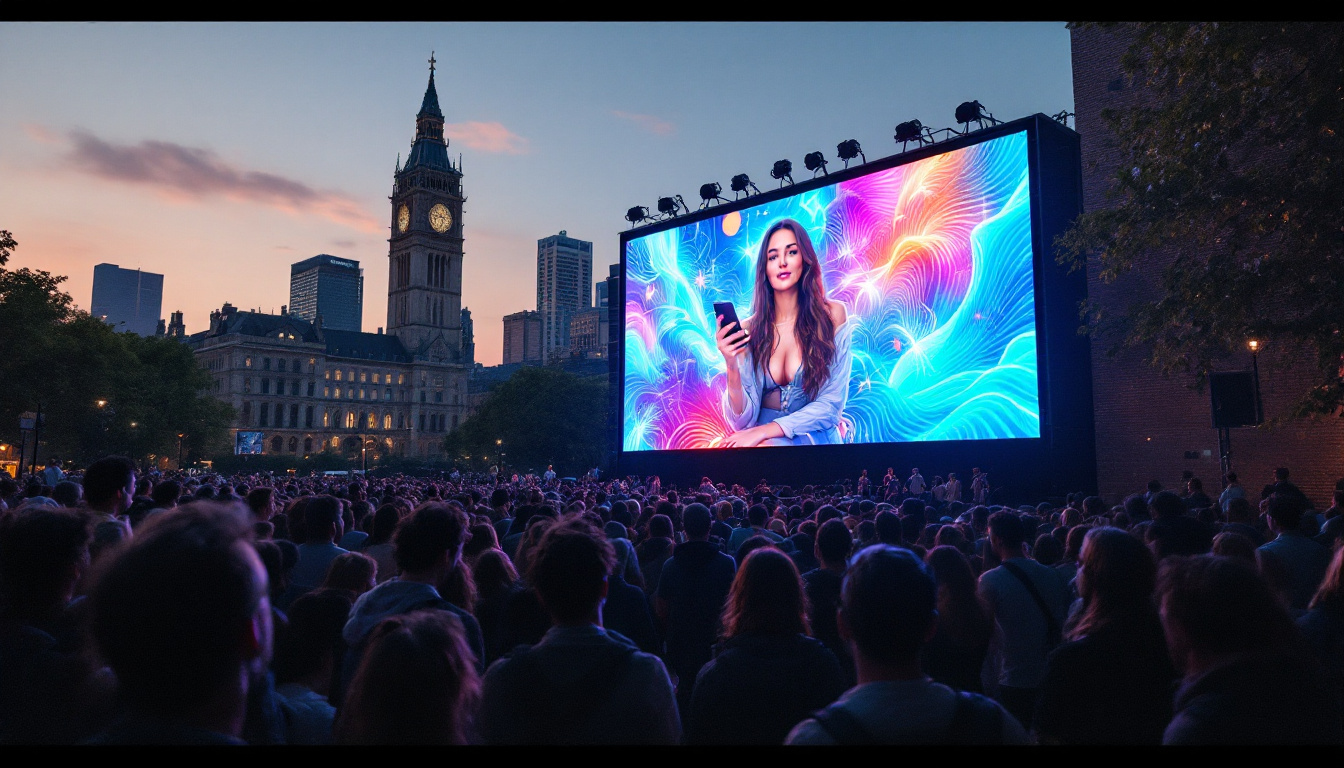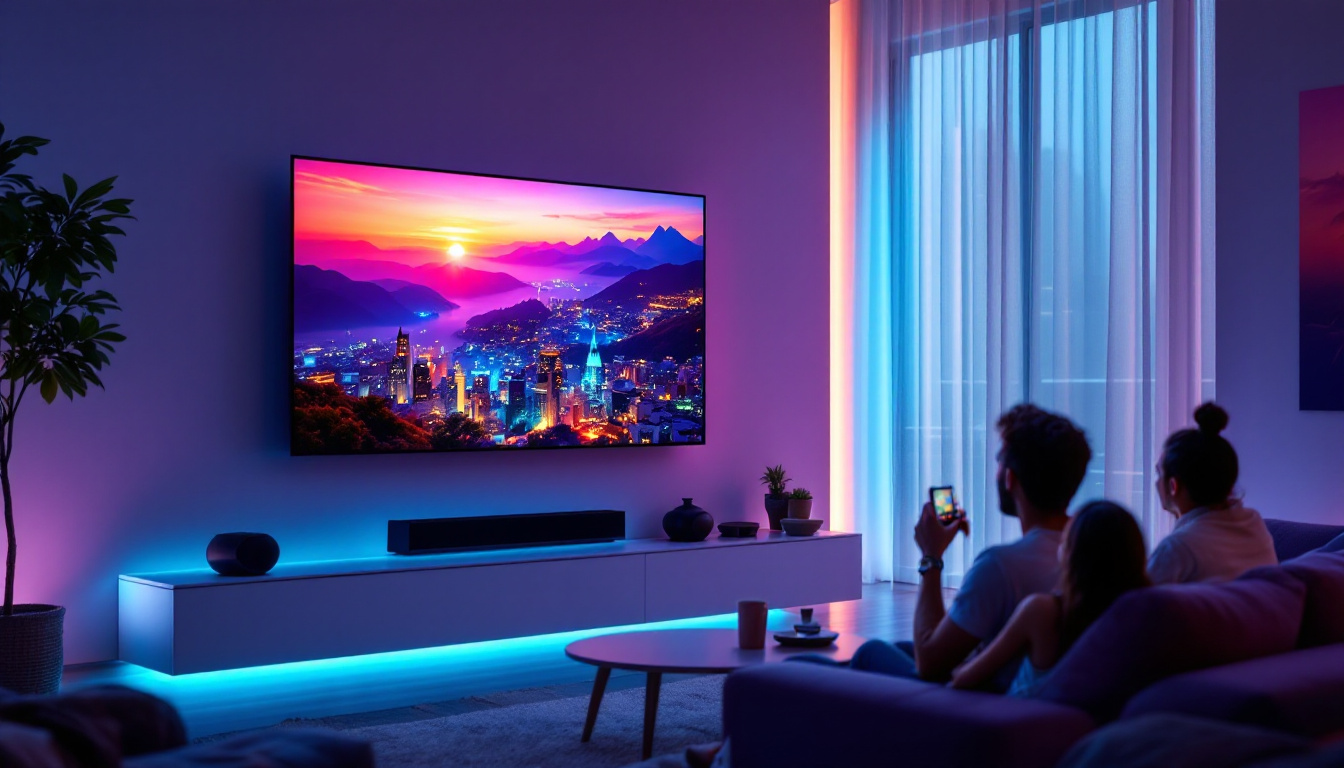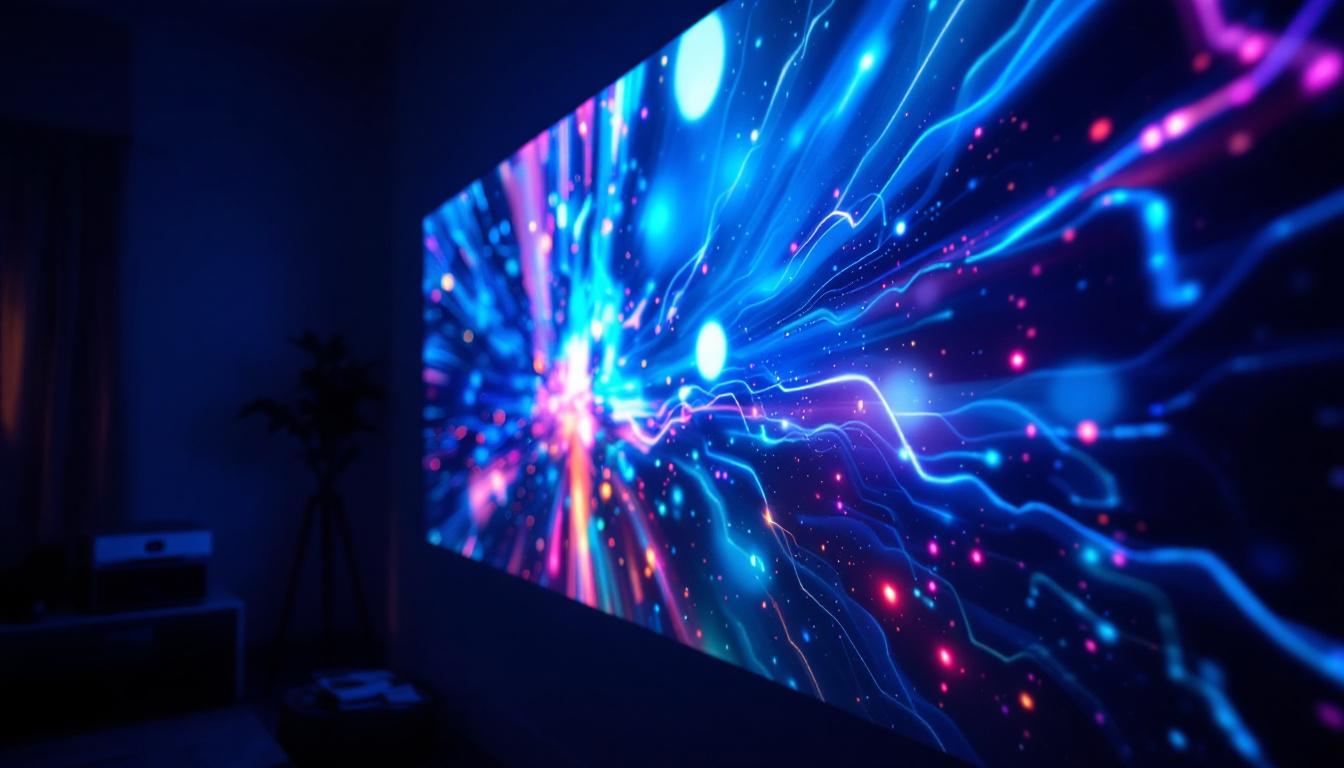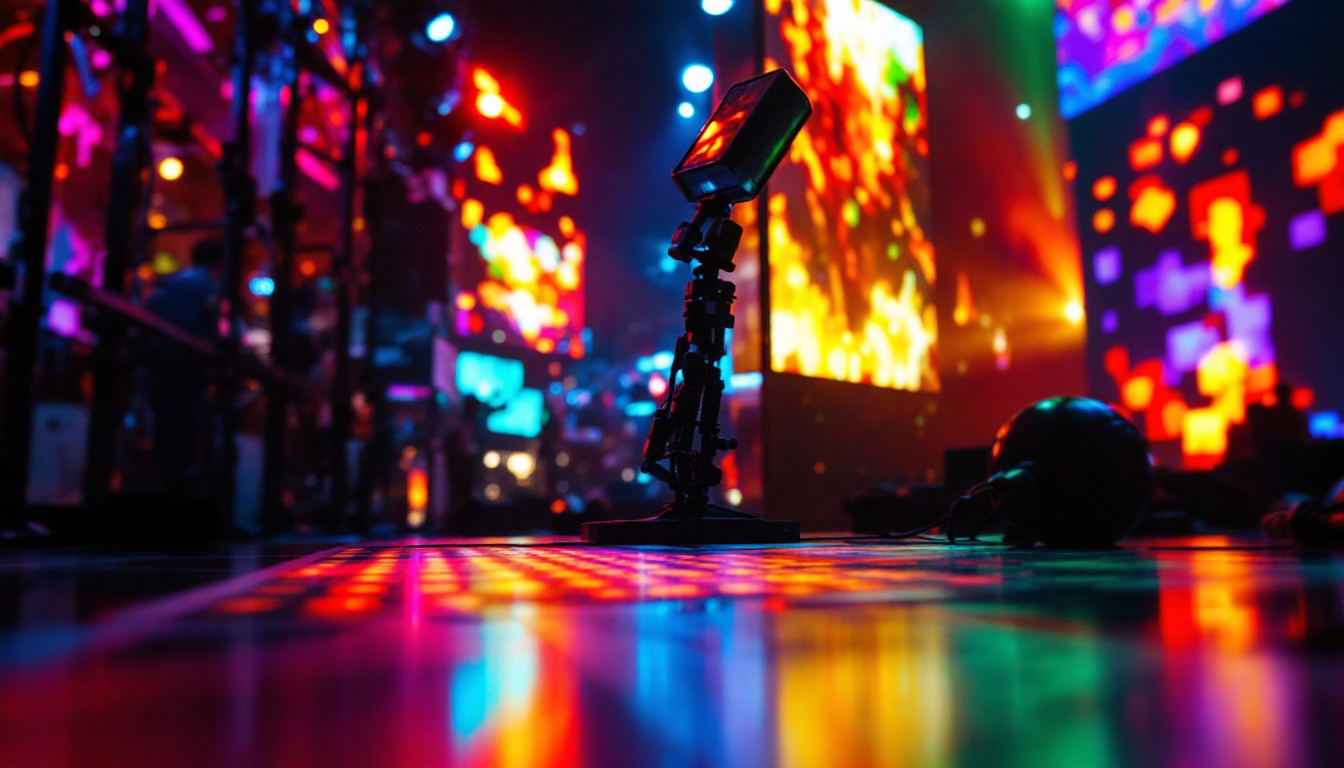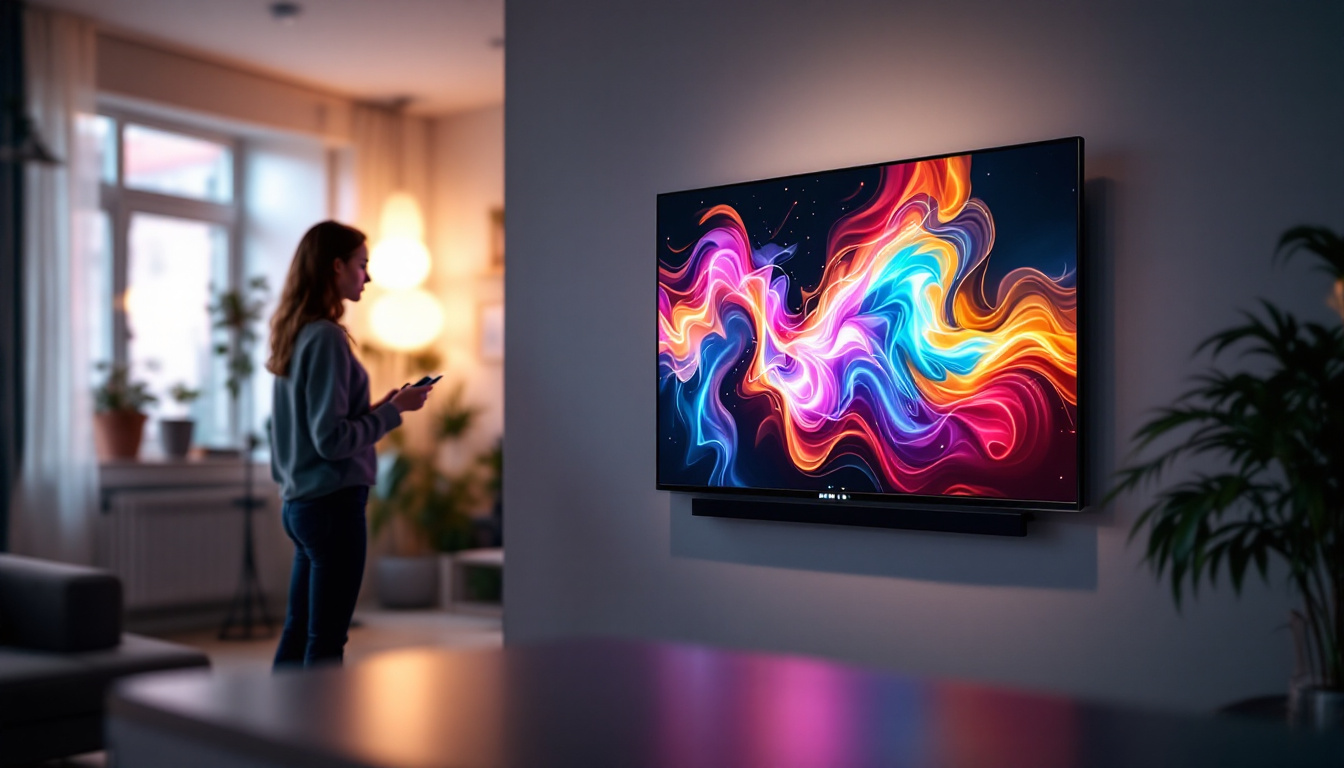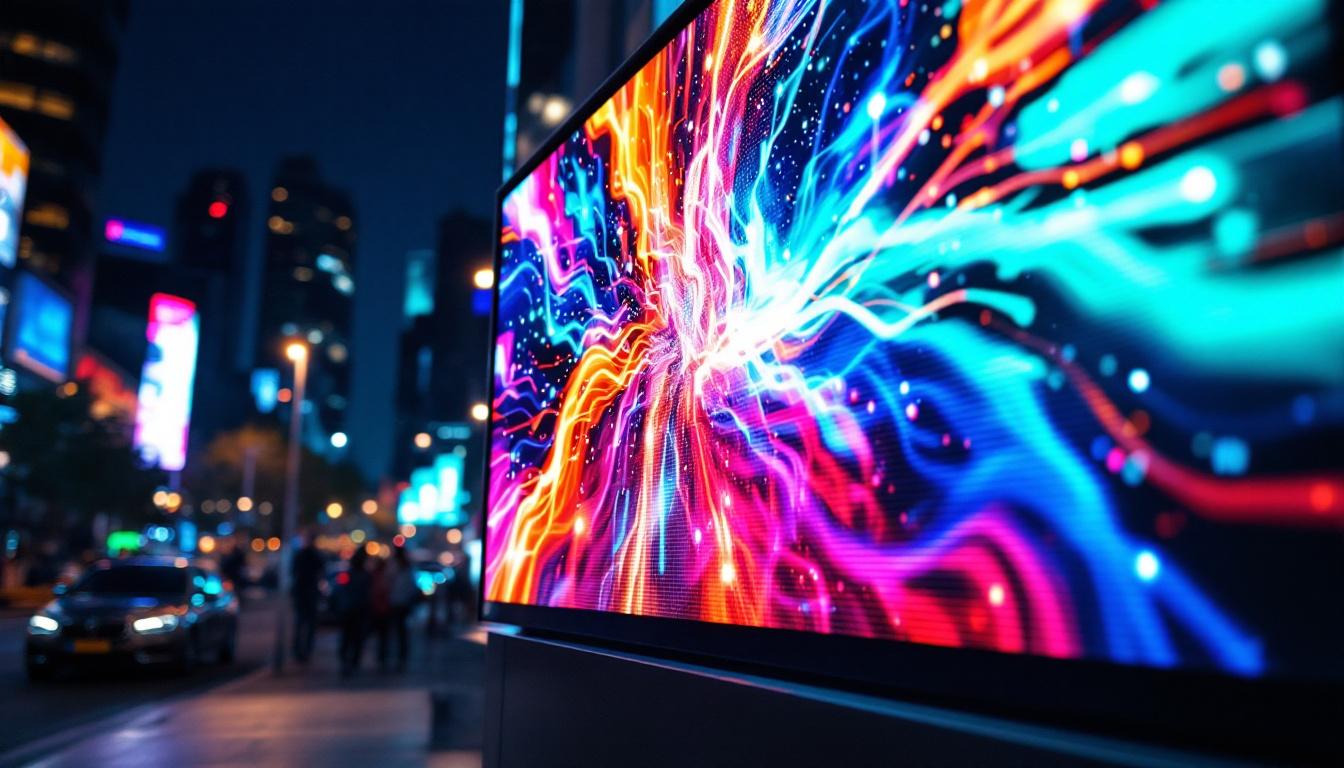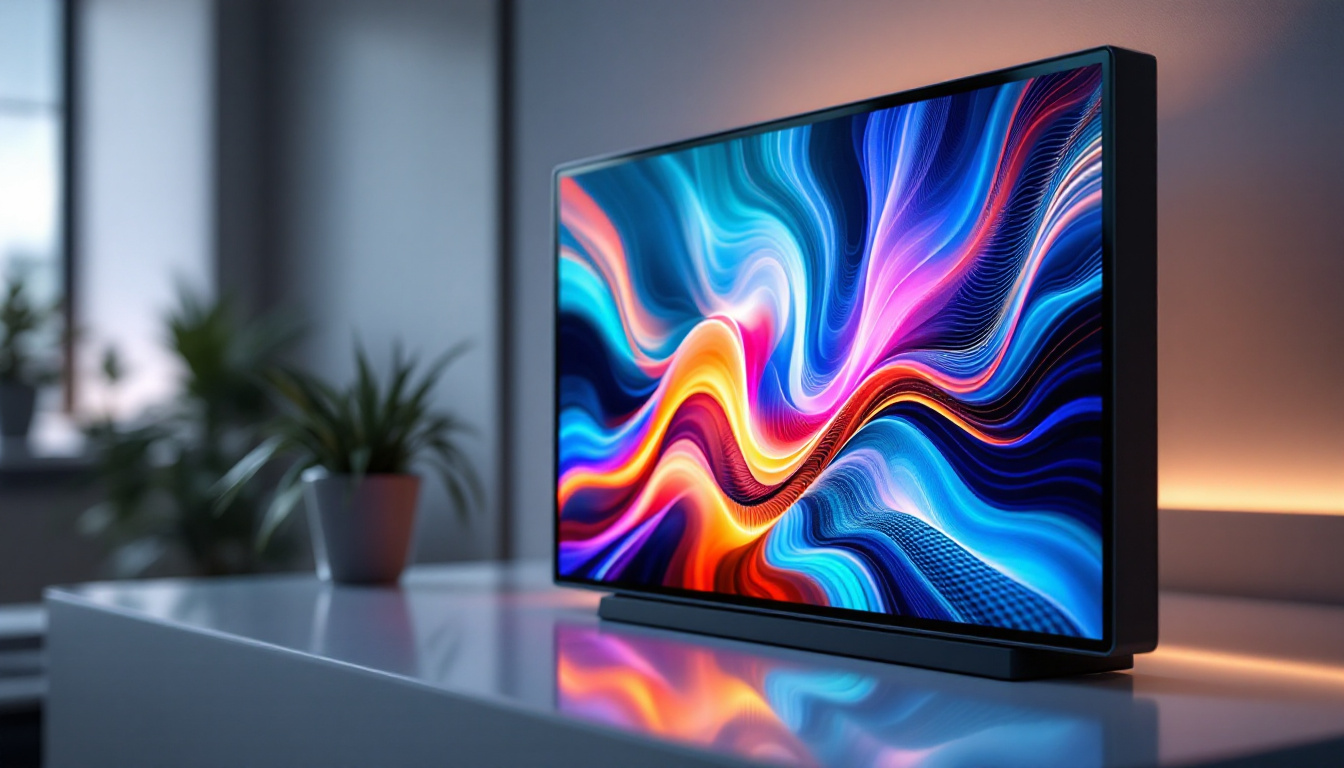Aspect Ratio Of TV Screen: LED Display Explained
The aspect ratio of a television screen is a crucial factor that influences the viewing experience. It defines the proportional relationship between the width and height of the display, affecting how images and videos are presented. With the rise of LED displays, understanding aspect ratios has become even more important for consumers looking to enhance their home entertainment systems. This article delves into the various aspect ratios of TV screens, particularly focusing on LED displays, and explains how they impact viewing experiences.
Understanding Aspect Ratio
The aspect ratio is typically expressed as two numbers separated by a colon (e.g., 16:9). The first number represents the width, while the second number represents the height. For instance, an aspect ratio of 16:9 means that for every 16 units of width, there are 9 units of height. This ratio is particularly significant in the context of television and film, as it dictates how content is framed and displayed. The choice of aspect ratio can greatly influence the storytelling and visual aesthetics of a film, as it determines the composition of each shot and how viewers engage with the narrative.
Common Aspect Ratios
Several aspect ratios are commonly used in television screens, each serving different purposes and preferences:
- 4:3 – This was the standard aspect ratio for older televisions and is often referred to as “fullscreen.” It is still used in some contexts, particularly for older films and television shows. Many classic sitcoms and dramas were shot in this format, and as a result, they maintain a nostalgic charm for viewers who grew up watching them.
- 16:9 – This is the current standard for high-definition televisions and is widely used for modern content, including movies and television shows. It provides a wider field of view, enhancing the cinematic experience. The shift to this aspect ratio has allowed filmmakers to explore more dynamic compositions, utilizing the extra width to create visually striking scenes.
- 21:9 – Also known as “ultrawide,” this aspect ratio is becoming increasingly popular for cinematic films and gaming. It offers an immersive experience by filling more of the viewer’s peripheral vision. Many blockbuster films are shot in this format to create a grand sense of scale, making the audience feel as though they are part of the action.
Importance of Aspect Ratio
The aspect ratio plays a critical role in how content is perceived. A mismatch between the aspect ratio of the content and the display can lead to undesirable results, such as letterboxing or stretching. Understanding the aspect ratio is essential for ensuring that viewers experience content as intended by the creators. For instance, a film shot in 2.35:1 may appear cramped and lose its intended visual impact if viewed on a standard 16:9 screen without proper adjustments. Moreover, the aspect ratio can influence the emotional tone of a scene; wider ratios can evoke feelings of grandeur and isolation, while narrower ratios may create intimacy or tension.
In addition to film and television, aspect ratios are also crucial in photography and graphic design. Photographers often choose specific aspect ratios based on the subject matter and desired composition, such as the classic 3:2 ratio used in 35mm photography. Similarly, graphic designers must consider aspect ratios when creating visuals for various platforms, ensuring that images are displayed correctly across different devices. As digital media continues to evolve, understanding aspect ratio becomes increasingly vital for creators aiming to deliver their message effectively and aesthetically.
LED Displays and Their Aspect Ratios
LED (Light Emitting Diode) displays have revolutionized the television industry, offering brighter images, better color accuracy, and improved energy efficiency. As LED technology continues to evolve, so too do the aspect ratios available to consumers.
How LED Technology Affects Aspect Ratios
LED displays are versatile and can be designed to accommodate various aspect ratios. The flexibility of LED technology allows manufacturers to create screens that cater to different viewing preferences and content types. For instance, a 16:9 aspect ratio is ideal for watching television shows and movies, while a 21:9 ratio may be preferred for gaming or cinematic experiences.
Moreover, advancements in LED technology have led to the development of ultra-thin displays that can be manufactured in various sizes and shapes. This adaptability has made it possible for consumers to choose screens that fit their specific needs, whether for home theaters, gaming setups, or general viewing.
Choosing the Right Aspect Ratio for Your Needs
When selecting a television, it’s essential to consider how the aspect ratio will impact your viewing experience. For those who primarily watch movies and television shows, a 16:9 aspect ratio is typically the best choice. However, for avid gamers or film enthusiasts, exploring options with a 21:9 aspect ratio may provide a more immersive experience.
Additionally, consider the types of content you consume most often. If your viewing habits include a mix of older television shows and modern films, a television with adjustable aspect ratio settings may be beneficial. This feature allows for seamless transitions between different formats without compromising image quality.
Aspect Ratio and Content Compatibility
Understanding aspect ratios is not just about the television screen; it also involves the content being viewed. Different types of media are produced in various aspect ratios, which can affect how they are displayed on your screen.
Film and Television Content
Most contemporary films are produced in a 16:9 aspect ratio, which aligns perfectly with modern televisions. However, many classic films were shot in a 4:3 format, leading to potential issues when viewed on a widescreen display. In such cases, viewers may encounter black bars on the sides of the image or experience stretching, which can detract from the viewing experience.
Streaming platforms often provide content in multiple aspect ratios, allowing users to select the best fit for their screens. This flexibility is essential for ensuring that viewers can enjoy their favorite shows and movies without any visual distortion.
Gaming and Aspect Ratios
For gamers, aspect ratios can significantly impact gameplay. Many modern video games are designed with a 16:9 aspect ratio in mind, providing an optimal field of view. However, some games support ultrawide resolutions, allowing players to take advantage of a 21:9 aspect ratio for a more immersive experience.
It’s important for gamers to check the compatibility of their gaming consoles and PCs with their television’s aspect ratio. Using a screen that supports the desired aspect ratio can enhance gameplay and provide a more engaging experience.
Adjusting Aspect Ratios on Your TV
Most modern televisions come equipped with settings that allow users to adjust the aspect ratio according to their preferences. This feature is particularly useful when switching between different types of content.
Common Aspect Ratio Settings
Televisions typically offer several aspect ratio settings, including:
- Auto – This setting automatically adjusts the aspect ratio based on the content being displayed.
- 16:9 – Ideal for high-definition content, this setting fills the screen without distortion.
- 4:3 – This setting is suitable for older content and ensures that it is displayed without stretching.
- Zoom – This option allows viewers to fill the screen by cropping the image, which can be useful for certain content.
Finding the Right Balance
Adjusting the aspect ratio can enhance the viewing experience, but it’s essential to find the right balance. Cropping too much of the image can lead to missing important visual elements, while letterboxing can create a less immersive experience. Experimenting with different settings can help viewers determine what works best for their specific needs.
The Future of Aspect Ratios in Television
As technology continues to advance, the landscape of television aspect ratios is likely to evolve as well. With the increasing popularity of 4K and 8K displays, new aspect ratios may emerge to accommodate higher resolutions and enhance the viewing experience.
Emerging Technologies
New display technologies, such as OLED and MicroLED, are pushing the boundaries of what is possible in television design. These innovations may lead to the development of screens with unconventional aspect ratios, providing consumers with even more choices for their viewing preferences.
Additionally, as streaming services continue to dominate the entertainment landscape, the demand for diverse aspect ratios will likely grow. Content creators may experiment with different formats to optimize the viewing experience for various devices, from smartphones to large-screen televisions.
Consumer Preferences
Understanding consumer preferences will play a vital role in shaping the future of aspect ratios. As viewers become more discerning about their viewing experiences, manufacturers will need to adapt to meet these demands. This may result in more customizable options, allowing users to select aspect ratios that best suit their individual tastes.
Conclusion
The aspect ratio of a television screen is a fundamental aspect of the viewing experience, influencing how content is displayed and perceived. With the rise of LED displays and advancements in technology, consumers now have more options than ever when it comes to selecting the right aspect ratio for their needs.
Understanding the different aspect ratios, their impact on content compatibility, and the ability to adjust settings can significantly enhance the viewing experience. As technology continues to evolve, staying informed about emerging trends in aspect ratios will empower consumers to make better choices for their home entertainment systems.
In a world where visual content is more prevalent than ever, the aspect ratio remains a crucial element in delivering an engaging and immersive viewing experience. Whether for movies, television shows, or gaming, choosing the right aspect ratio can make all the difference in enjoying high-quality content.
Discover Your Perfect Aspect Ratio with LumenMatrix
Now that you understand the importance of aspect ratios in enhancing your viewing experience, it’s time to bring that knowledge into your space with LumenMatrix’s innovative LED display solutions. Whether you’re looking to create an immersive home theater, captivate customers with dynamic advertising, or engage fans with high-impact sports displays, LumenMatrix has the technology to bring your vision to life. With a wide range of products from Indoor and Outdoor LED Walls to Custom and All-in-One LED Displays, LumenMatrix is at the forefront of visual communication. Don’t just watch—experience the difference. Check out LumenMatrix LED Display Solutions and transform your viewing experience today.

